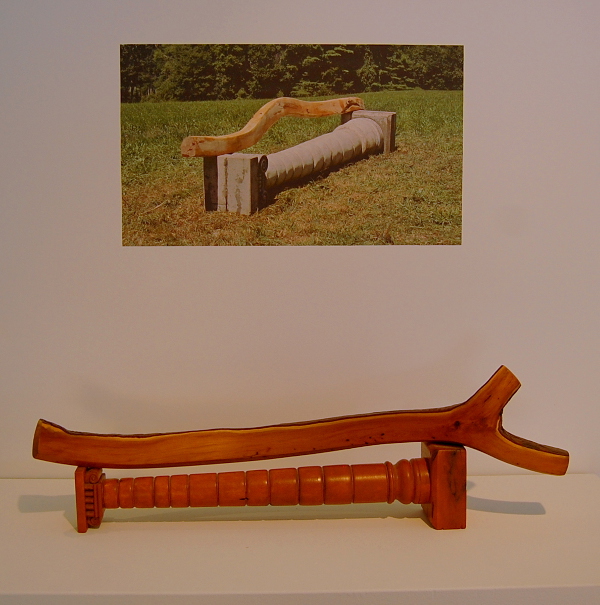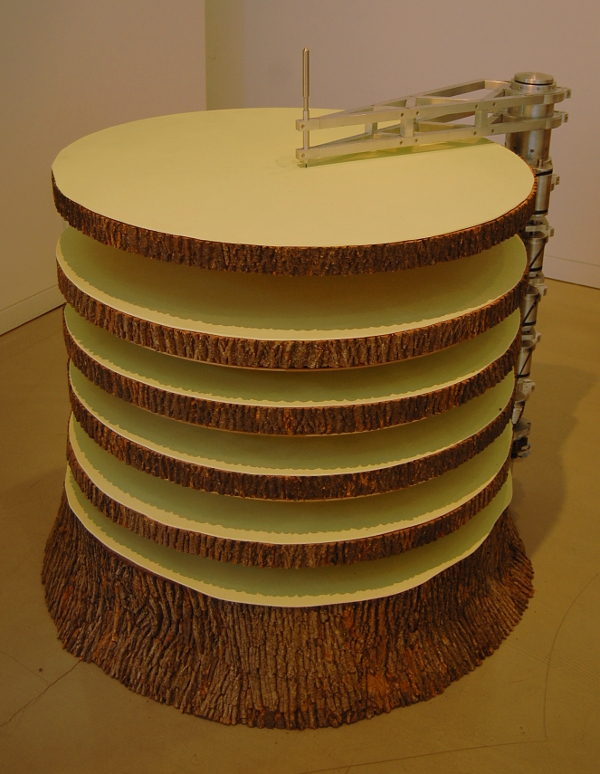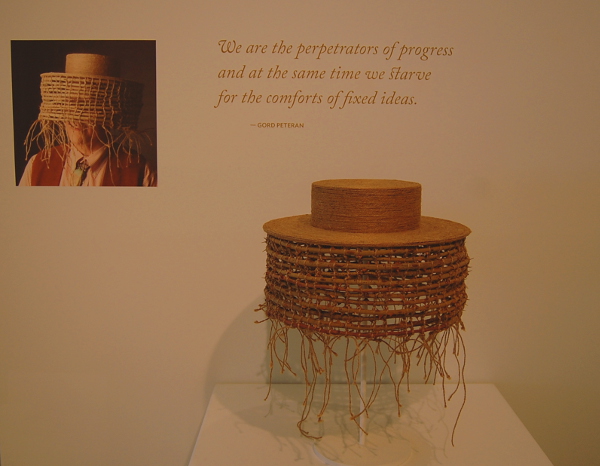
Scientific and historical considerations at Bartram’s and beyond
When a powerful storm ravaged Bartram’s Garden in 2010, the oldest surviving botanical garden in North America sustained a fair amount of damage from the high winds, including a number of downed trees of varying types and ages. Harnessing this destructive event for constructive ends, the Garden joined with The Center for Art in Wood and issued a call for artists to create works inspired by Bartram’s history that incorporated materials from the felled trees. The result is “Bartram’s Boxes Remix” which is on display at The Center for Art in Wood, with some permanent works installed at Bartram’s as well.
John Bartram, who lived in the house still present at the site, began to study and catalog the local plants, ultimately shipping boxes of seeds and other specimens back to England. He introduced a whole new spectrum of species to Europe and managed to preserve some from extinction along the way. For “Bartram’s Boxes Remix,” artists honored the research of John Bartram with pieces made from materials in the garden that still bears his name.
In “Transfer,” we discover a box that resembles a barrel and some type of blossoming bud. Made by Michael Brolly and Rob Kingham from the United States, along with Sean Campbell and Kevin O’Dwyer from Ireland, this piece borders on both the realms of the organic and synthetic. Four of the eight planks around it lie down flat as if burst open, with curly wood shavings sticking out like the interior of a cattail or dandelion seed pod. A magnifying glass rests nearby as a nod to science and inquiry, while the center contains cabinet-like structures bearing images of plant-like abstractions. The whole piece is lit by LED lights, if the references to enlightenment weren’t literal enough…
Mitch Ryerson, “Bartram’s Bench.”
Mitch Ryerson includes a photo and model for “Bartram’s Bench,” which can currently be found by a pavilion on the Garden’s grounds. This sculptural seat includes a slightly curved section of black locust as the back-rest, atop a cast stone column for the base. Giving the locust tree a second life as a functional artwork, the fallen column acknowledges Bartram’s residence, which, of course, still stands. Eventually nature will take back even the sturdiest of structures, and Ryerson dully acknowledges the past life, present remains, and future erosion of human accomplishments and the environment itself. Losing historic trees is a shame, but nature really just took back what belonged to it, and the cycle of renewal continues.
Nathan Hansen, “131 Rings.”
Also interested in the idea of time is Nathan Hansen in the organic/industrial looking “131 Rings.” Anyone who has seen a cross section of a tree knows that, with the plant’s expansion and dormancy within the course of a year, ring patterns are produced inside the trunk. These concentric markings make it easy to examine a tree’s life and age. Hansen took this idea and mechanized it, with each layer calculated to spin using a system of belts and pulleys so that the topmost piece makes exactly one revolution per year. The organism in question was 131 years old when it fell, and the artist wonders exactly what earth will look like once the tree’s formidable lifespan has once more passed all of us by.
Gord Peteran, “Blind Spot.”
One work in the show doubles as potential, yet somewhat cumbersome, headgear. Gord Peteran’s “Blind Spot” is a cylindrical, slatted hat with dangling bits of twine around its lower rim. Somewhere between a beekeeper’s outfit and a helmet, Peteran notes that, despite our desire for progress, humans have a tendency to favor comfort and concrete ideas even in the face of these aspirations. It may certainly be possible to see from the inside out, but Peteran doesn’t make it easy, acknowledging his – and our – shortsightedness.
These and many more scientifically and historically-inspired artworks will be on display at The Center for Art in Wood for “Bartram’s Boxes Remix” through July 19.
The Center for Art in Wood is located at 141 North 3rd St., Philadelphia; 215-923-8000; centerforartinwood.org.
Recent Content
-
Artsarticle ·
-
Artsarticle ·
-
Artsarticle ·




